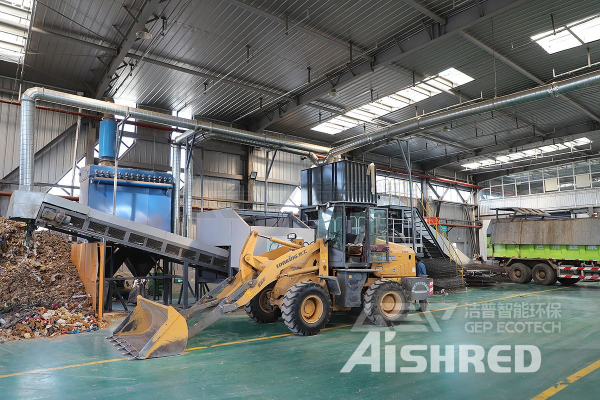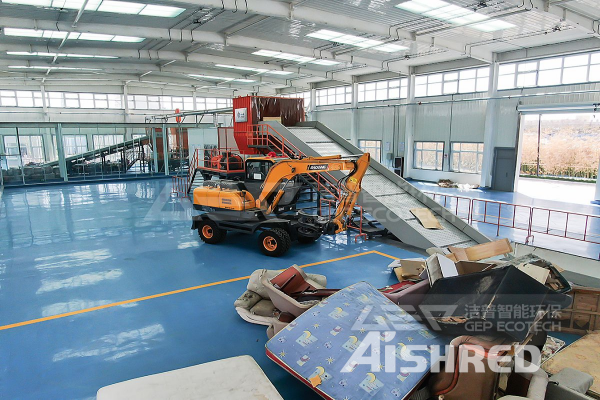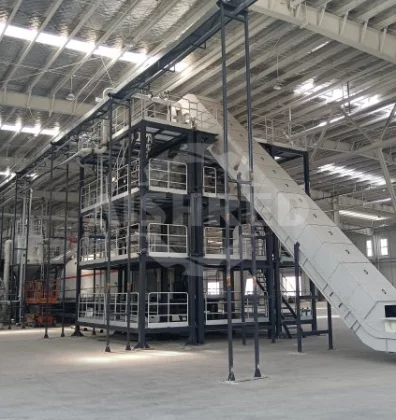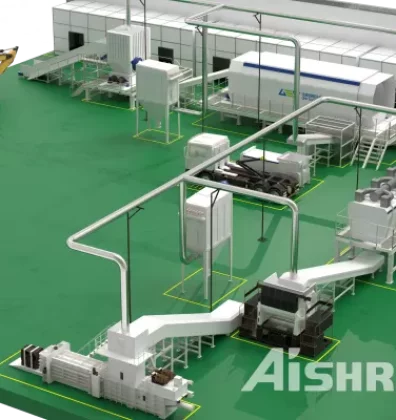The disposal of bulky waste in the backend of waste classification is a project that has received much attention in the sanitation market. From the initial disposal ideas proposed, to the matching of equipment, to the operation of the project, we have all gone through an exploration period. We continuously conduct peripheral inspections, learn from the same industry, and conduct technical research at home and abroad, with the aim of finding more professional and reliable large-scale waste disposal processes.

After a “fast” pace of work, we have matured this path and perfected the craftsmanship. From the establishment of “temporary storage points for bulky waste” in residential areas to utilizing the power of community property management to conduct weekly/monthly statistics, we make reasonable planning and involve the property management in the waste classification work. When it is necessary to clear and transport bulky waste, the property management and the cleaning organization will connect to carry out centralized cleaning and transportation. This mode will gradually establish a ledger for bulky waste.
The backend disposal of bulky waste requires the construction of a treatment plant, which includes a large waste raw material storage area, bulky waste disposal equipment, and a material storage area after disposal. The bulky waste disposal equipment includes a metal chain plate feeder for transporting and loading bulky waste, a double shaft shearing shredder for shredding bulky waste, a magnetic separation equipment for metal separation, and a sealed belt conveyor for outputting shredded materials. The production line has a centralized control system for the operation of the entire line. In addition, the production line is also equipped with pulse dust collectors for environmentally friendly dust removal.

Bulky waste are ultimately separated, sorted, and reused through disposal lines. The wood with a relatively large proportion inside can be shredded and used to make compressed boards or other products; Metal materials can be returned to the furnace for reuse. In addition, materials with severe damage such as leather and fabric in bulky waste can be incinerated for power generation, which can be used for thermal energy reuse.
The recycling and disposal process of bulky waste is currently relatively mature, and AISHRED has relevant cases in multiple countries around the world. Please feel free to contact us at any time.



